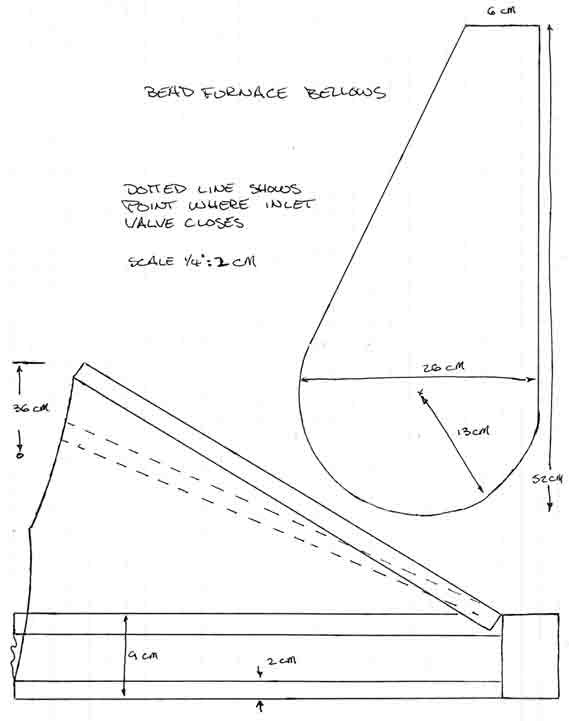The first meeting of the jury for Grave Goods was on Wednesday March 5.
In so much as almost all the people who had work viewed had been hand
picked and invited, the work was uniformly of a high standard. There
were a few submissions from the various open calls, and not surprisingly,
that work as well was of excellent quality. Those artist who gave some
outlines on the types of objects they wanted to contribute showed a wide
range of ideas and approaches to the theme. The scale of the objects
suggested is also very wide. Urns were a popular choice of course, but
there are also a number of large sculptural pieces (a couple just at the
limit of what can be moved up to the second floor hall).
Taken altogether the range of the submissions and the abilities of the
contributing artists is going to make for an interesting show!
For the first jury round, we limited ourselves to artists who had
physically sent in some kind of application on paper. In some cases this
included images (mostly as digital on disk), but at least a 'letter of
intent' was required. (This because I have verbal commitments from a
number of folks as well, but with my limited brain power those are
harder to keep track of.)
The current listing of contributing artists juried for inclusion to
Grave Goods :
Caz Bently - wood block prints
Janis Book - forged metals
Pat Burns-Wendland - hand spun weaving
Larry Cluchey - wood turning
Sandra Dunn & Steve White - metalsmithing
Dianne Edwards - marquetry
Kelly Green - wood carving
Lydia Ilarion - fine metalwork
David Ivens - metalwork
Lloyd Johnson - forged metals
Darrell Markewitz - forged metals
Rosemary Molesworth - ceramics
John Newman - forged metals
Kelly Probyn-Smith - metalwork
Mark Puigmarti - forged metals
David Robertson - forged metals
Brenda Roy - fine metalwork
Rob Schweitzer - tablet weaving
Graeme Sheffield - forged metals
A.G. Smith - illustration
Steve Strang - painting & drawing
Ruth Swanson - ceramics
Laura Travis - stone carving
Cathering Vanvakas Lay - blown glass
Sara Washbush - metalwork
Brigitte Wolf - stained glass
At this point those 25 artists are on board for the exhibit. This
compares to the total number involved for either of the earlier two
presentations, Reflections and Furnace. So we have an exhibit! I have had verbal replies for at least another 10 or so artists. I will
be poking them over the next couple of months to get a formal
application to the jury.
You will notice on the list of media that there is a dominance of
'heavy' crafts. If YOU are an Ontario artist who might
be interested, especially those involved in graphics or textiles, or know of someone who might be, go to the
Grave Goods website for general information.
The details on submisison requirements are available on the web at:
http://www.warehamforge.ca/gravegoods/call.html
of course feel free to contact me if you have any questions:
gravegoods@warehamforge.ca























